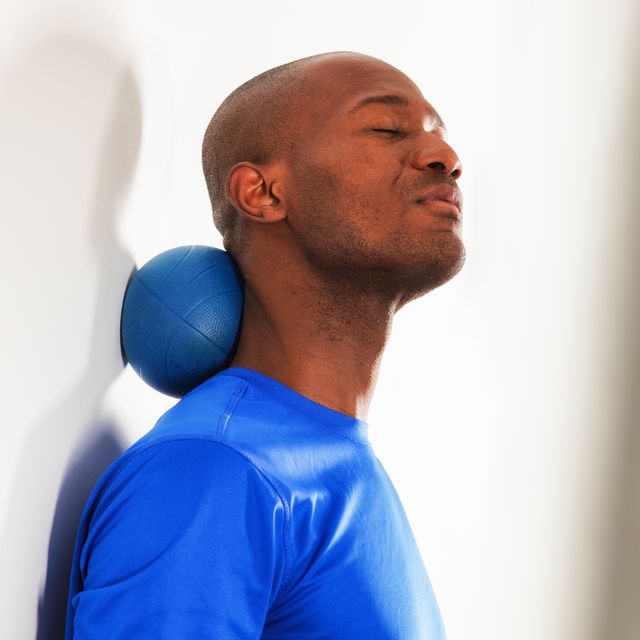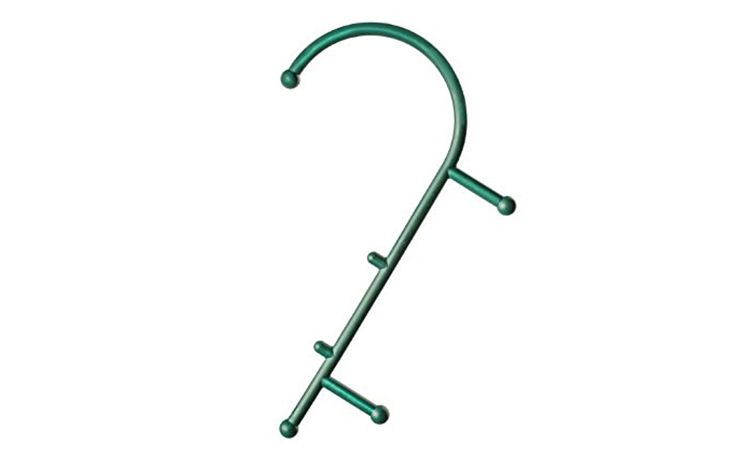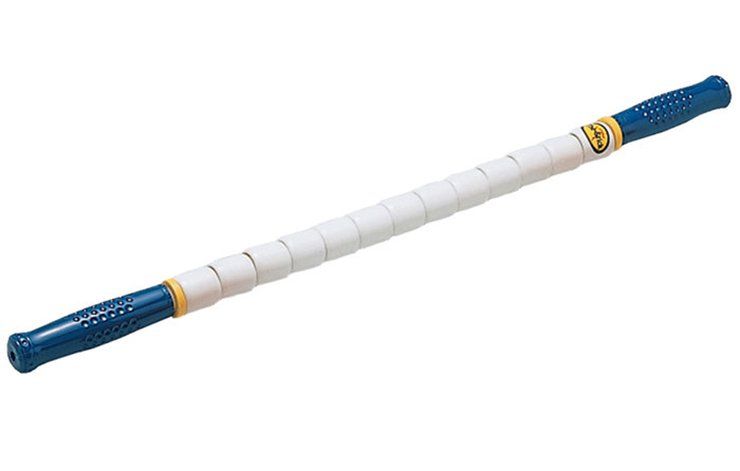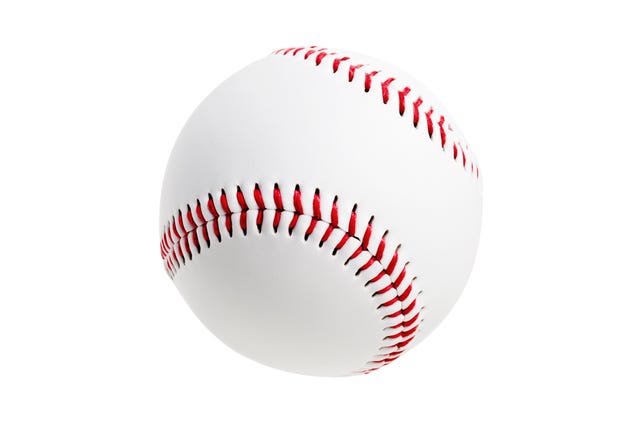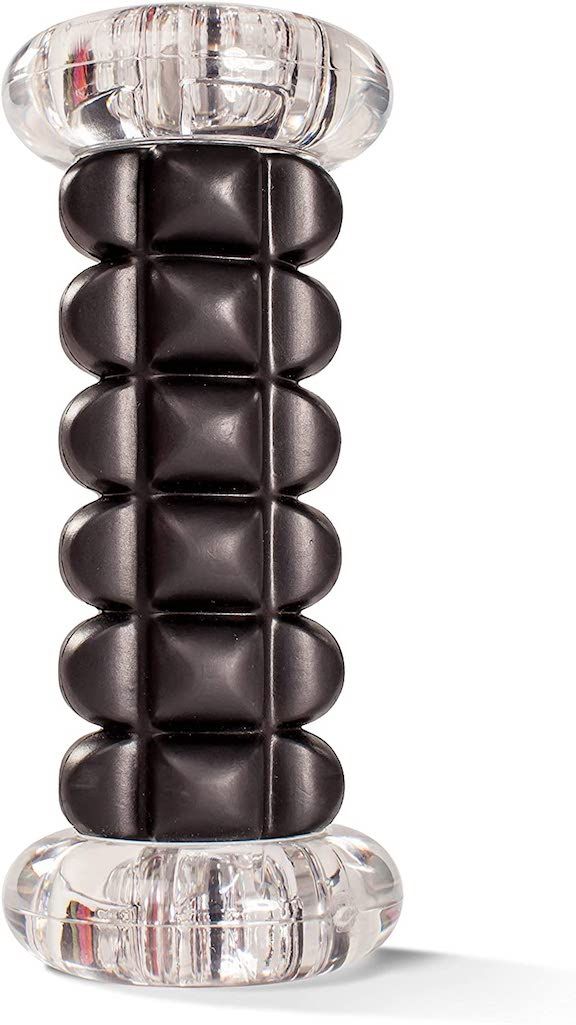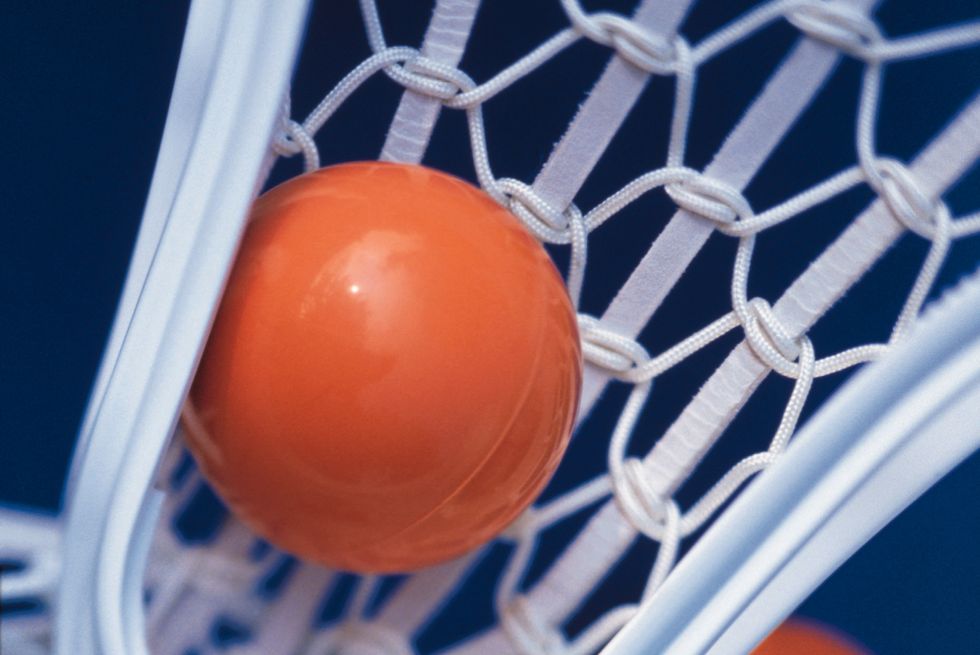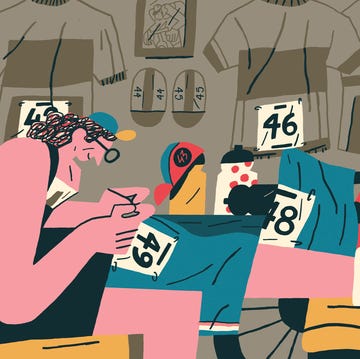Foam rollers have shaken up the way we cyclists go about recovery, and for good reason: They’re largely portable, help break up muscle knots and lessen soreness, and prepare us to tackle our next big effort pain-free. But they’re not the only myofascial-massage game in town—there are plenty of foam roller alternatives. And you might be missing some key spots by relying on foam rollers exclusively.
Amanda Sin, former pro mountain biker and physiotherapist in Vancouver, British Columbia, has tried nearly every mobility tool on the market. While she thinks the foam roller is great for cyclists, it’s not a do-it-all tool. For one, it lacks the ability to get to certain muscles (just ask anyone who’s tried to foam-roll their feet). Sin also thinks it allows people to “cheat” with their mobility work: It’s easy to spend an hour with a foam roller and never get any muscle tension release.
Join Bicycling now for the latest advice and tips!
That’s why Sin and other self-massage specialists recommend foam roller alternatives, which can target certain muscles better. You still have to do the work, but you will feel the results. Here are six of her favorites.
Tennis Ball for Your Lower Back
The tennis ball is the most common foam roller alternative, Sin says. It’s a tool best reserved for sensitive places like your lower back, versus muscles like your calves, which can stand up to the density of a tougher self-massage tool.
To use a tennis ball, Sin advises that you should aim for the sides of your back, rather than right against your spine. Work those muscles by laying on the tennis ball and slowly circling over it, pausing and breathing into it in different spots.
Thera Cane for Your Upper Back
“I love this for your upper traps,” Sin says. Cyclists often feel soreness in their trapezius—the muscles down the sides of our necks to the tips of our shoulders—from looking up while hunched over the bike. According to Sin, the Thera Cane is a great self-massage tool for someone who is a frequent sufferer of that, because the tool’s shape (a cane, but with handholds and knobs) allows you to apply a lot of pressure without fatiguing your other muscles in the process.
The Stick for Your Quads
This tool will give you more bang for your buck than a foam roller when it comes to working knots out of your quads. The foam roller is a great gateway tool, Sin says, but something like The Stick allows you to target leg muscles more precisely.
On a foam roller, you’re doing a lot of work to make sure you hit all of the angles on a muscle, and it can put you into some awkward positions. But with The Stick, you can roll while sitting in bed or on the couch, and vary the pressure as you inch it along your quads in an up and down motion. If you want to test how The Stick works, Sin suggests trying the same movements with a rolling pin or a wine bottle for similar results.
Softball or Baseball For Your Glutes and Calves
Softballs and baseballs can work your muscles more deeply than foam rollers, since you can sit on one and let your muscles “sink” around it and release. (Pro tip: If you feel any intense, sharp pain, back off—you might be hitting the one large nerve in that’s in your glute muscle.) These balls also tend to better target calf muscles. “I like a ball for your calves because the foam roller has a hard time getting in there,” Sin says.
Use them the same as you would a foam roller, with the ball on the floor and your leg perched on top of it.
TriggerPoint Nano Foot Roller for Your Feet
The TriggerPoint Nano Foot Roller looks like what would happen if someone took a space ray and shrank a traditional foam roller with divots into something doll-sized, so you can finally give your feet the foam-roller treatment. It’s a fantastic tool for getting into foot muscles that may be sore from being crammed into cycling shoes, repeating the same motion over and over again.
Sin recommends spending between one and two minutes rolling each muscle group you target; in tender spots, hold pressure for 10 to 20 seconds before moving on.
“Be slow and methodical, be mindful, and take your time,” she says. You don’t want to rush through rolling, especially in extremely sensitive areas like the bottoms of your feet.
Not into having more mobility gear around the house? Sin recommends a golf ball for getting into your hard-to-reach foot muscles.
Lacrosse Ball for… Just About Anything
This is Sin’s personal favorite foam roller alternative, especially for travel.
“It’s firm, but with a bit of squish, and can get into almost every area,” she says. You can roll a lacrosse ball on your quads, calves, feet, back, pecs... basically, anywhere you’re feeling tight.
Companies like TriggerPoint also make massage ball versions of the lacrosse ball like the TriggerPoint Foam Massage Ball, which features a slightly softer outer layer; that way, you can sink your muscles into the material.
New to foam rolling, too? Get the lowdown on how to use this tool effectively by watching this video:

Molly writes about cycling, nutrition and training with an emphasis on bringing more women into sport. She's the author of nine books including the Shred Girls series and is the founder of Strong Girl Publishing. She co-hosts The Consummate Athlete Podcast and spends most of her free time biking and running on trails, occasionally joined by her mini-dachshund.
